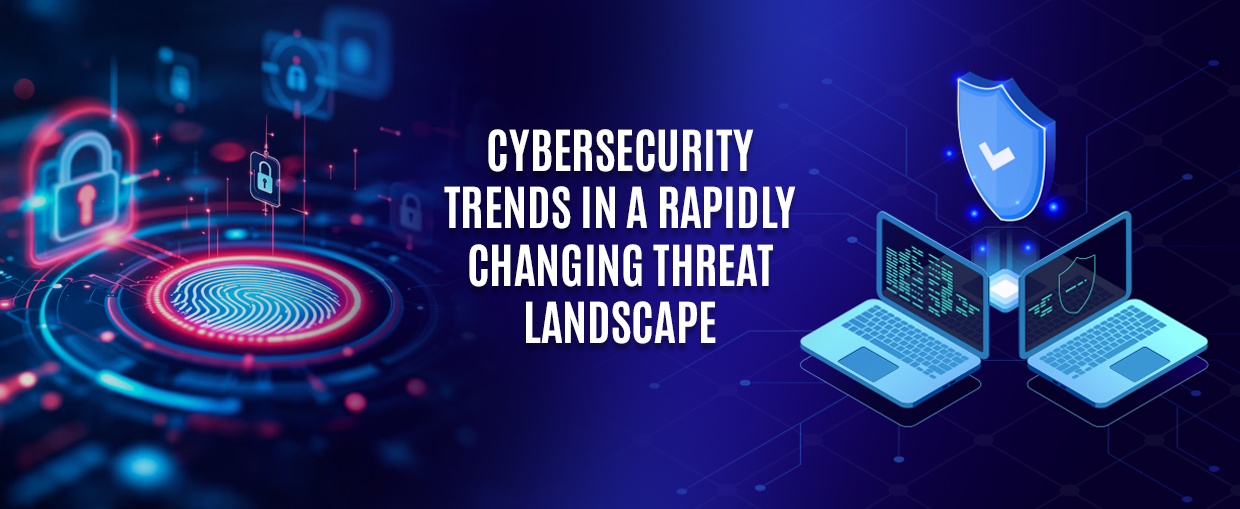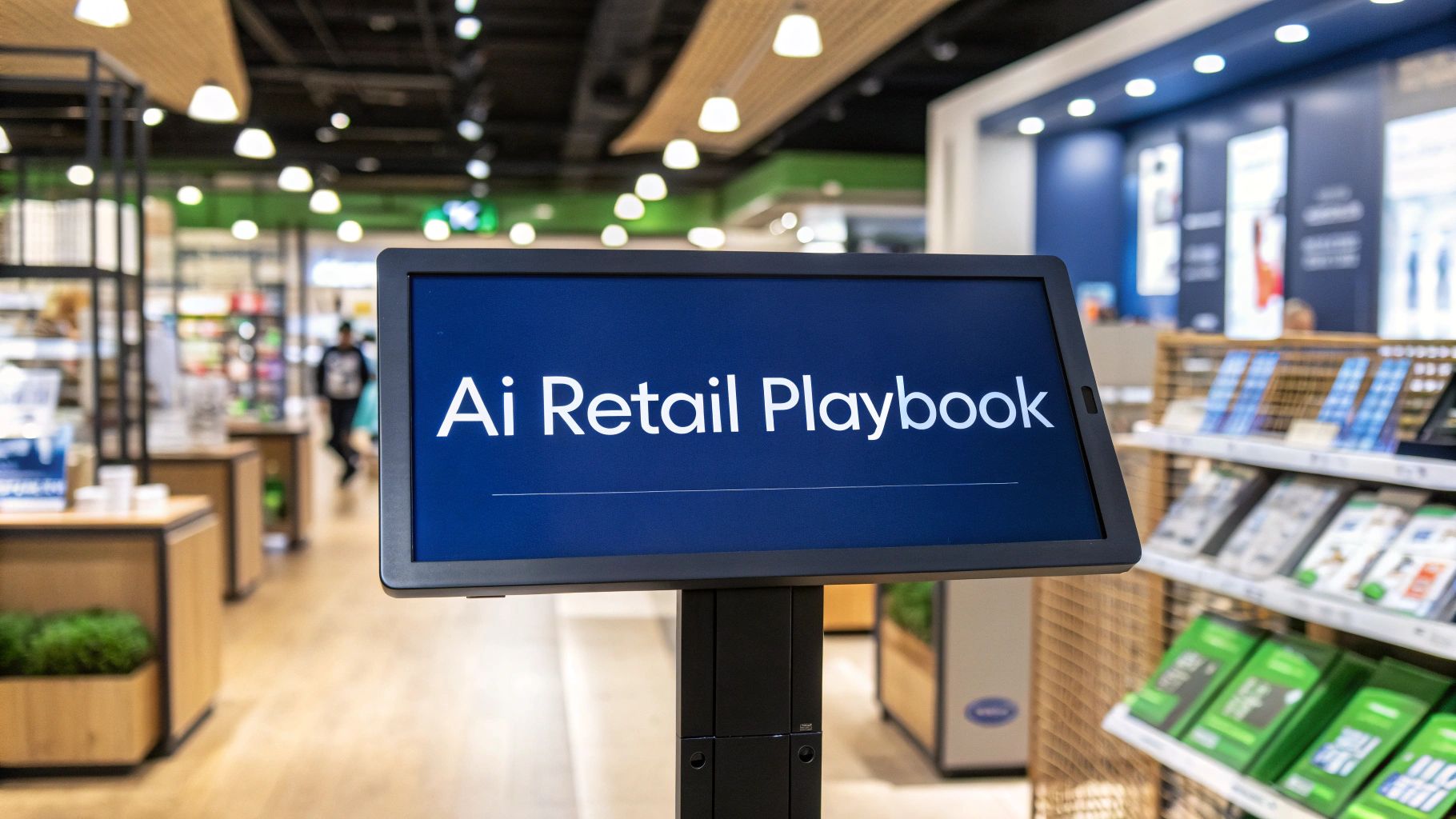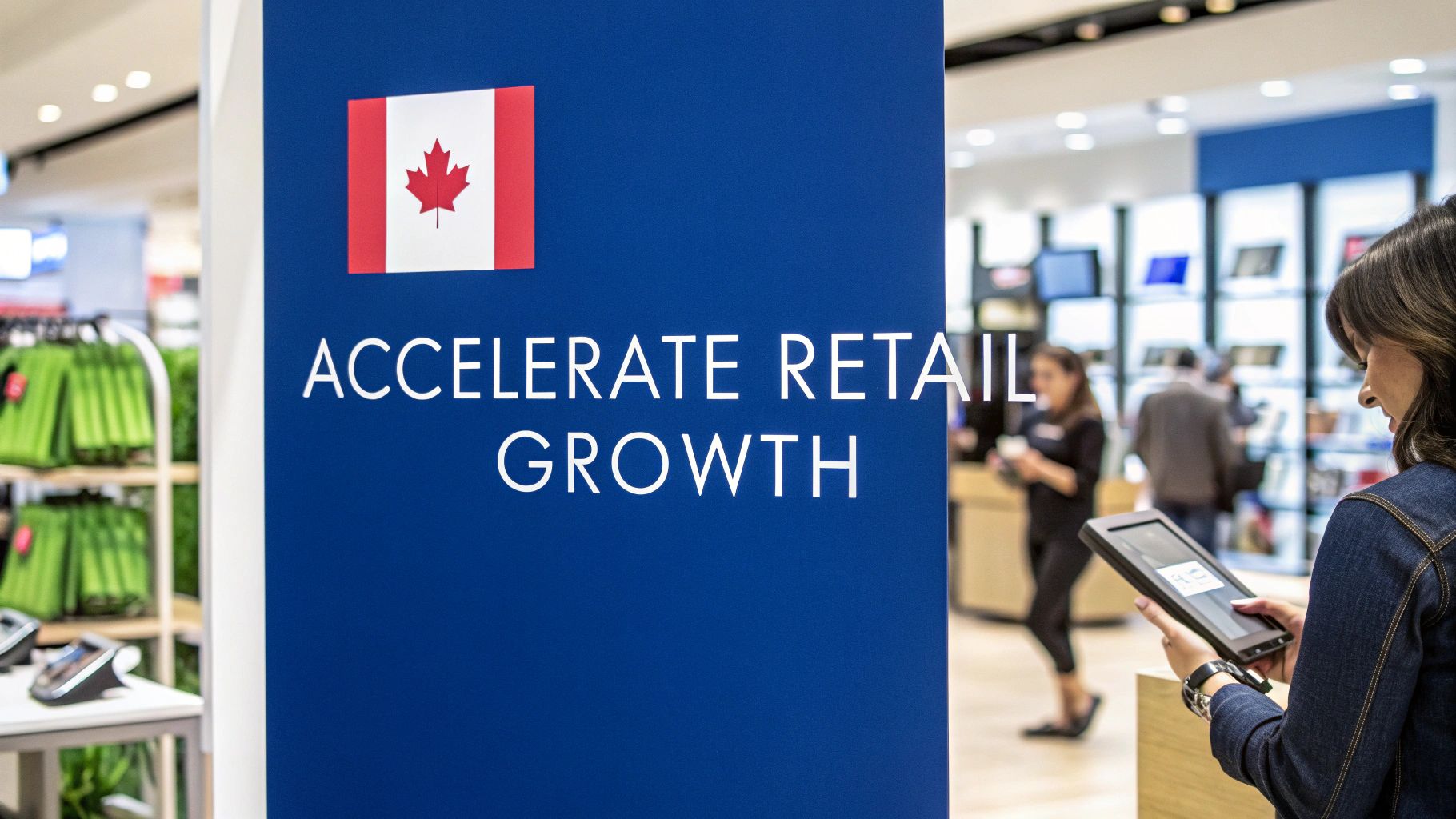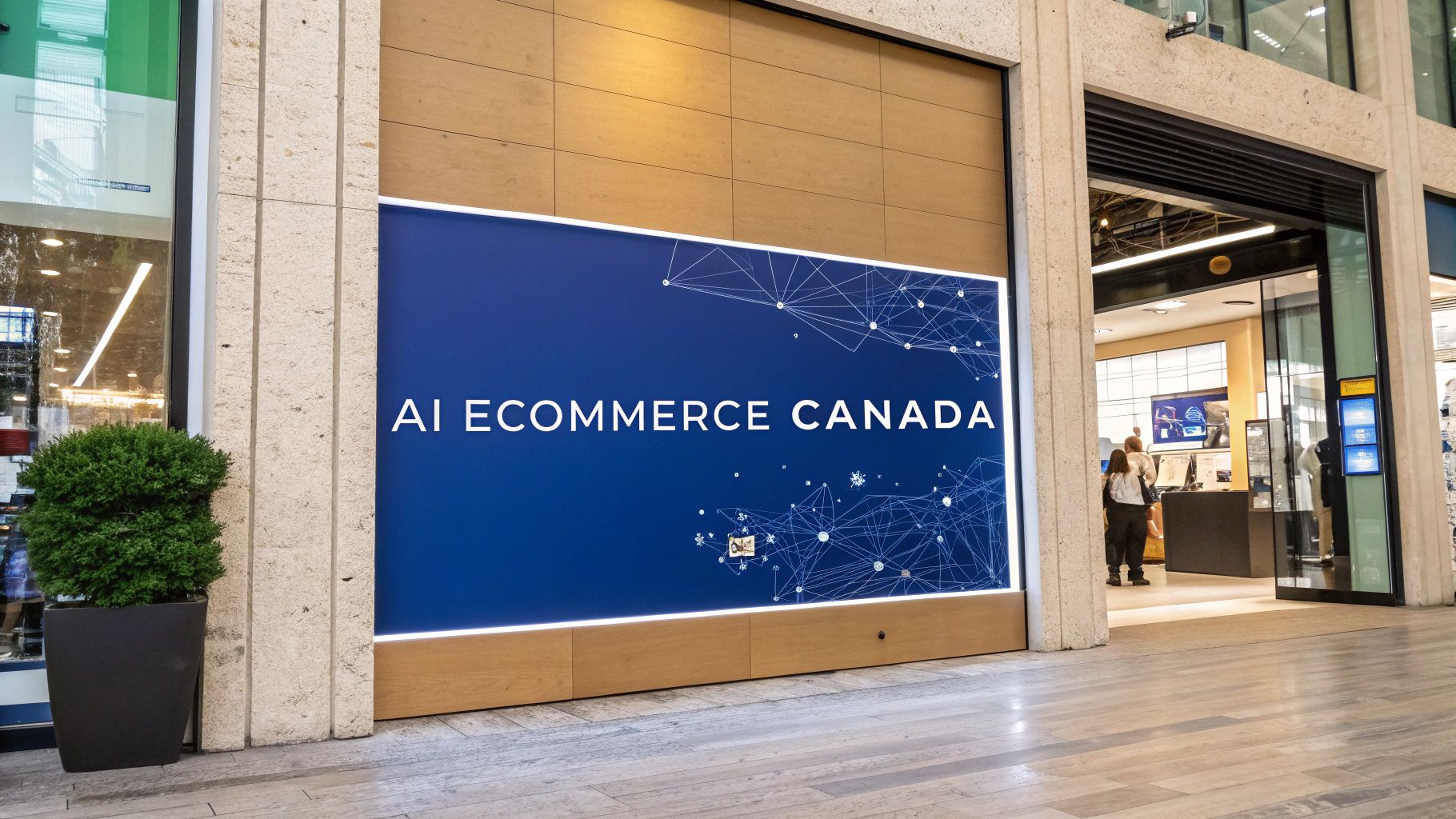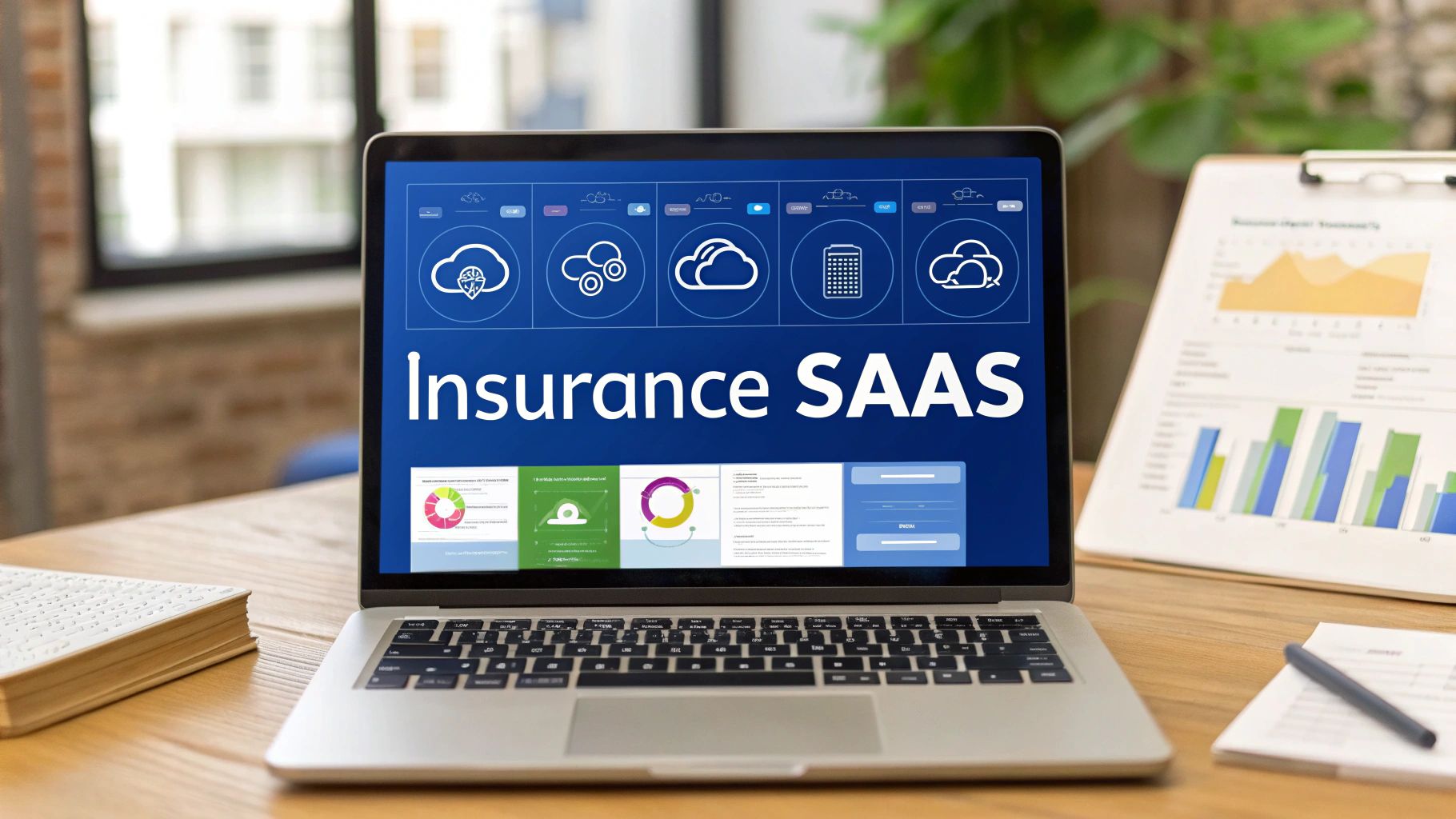Cybersecurity trends are evolving as businesses, organizations, and governments rely heavily on computerized systems to streamline operations and deliver services. However, this digital transformation has also opened the door to a surge in cyber threats, making cybersecurity a critical concern for safeguarding sensitive data and systems. From data breaches to ransomware attacks, the frequency of cyber incidents continue to rise, underscoring the need for robust protective measures.
As digital ecosystems expand, the landscape of cybersecurity must evolve rapidly to keep pace with emerging threats. The era of relying solely on basic firewalls is long gone. Modern organizations face an ever-changing array of challenges that demand agility, resilience, and proactive defenses. Whether it’s protecting customer information, ensuring operational continuity, or meeting compliance standards, staying ahead of cybersecurity trends is no longer optional—it’s essential for thriving in today’s dynamic digital environment.
Let’s take a look at some of the most prevalent cybersecurity threats and the latest cybersecurity trends.
Exploring the Landscape of Digital Threats
The field of cybersecurity is evolving continuously, and attackers are leveraging increasingly advanced tactics. The threat vectors are varied and unpredictable, ranging from supply chain attacks to ransomware-as-a-service platforms. Among the primary contributors to these risks are:
Ransomware: Ransomware, a malware type that locks systems or files for ransom, has now become increasingly frequent and costly, and even uses double and triple extortion tactics.
Artificial intelligence: AI-driven attacks use machine learning to rapidly assess security systems, locate vulnerabilities, and breach them.
Internet of Things (IoT): As IoT devices become more common, hackers find them to be appealing targets due to their lack of standardization and strong security measures. By 2025, there will be more than 32 billion IoT devices.
Top 7 Cybersecurity Trends to Watch Out For
- Artificial Intelligence
AI is revolutionizing cybersecurity by providing advanced threat detection, natural language processing, and facial recognition through automated systems driven by machine learning. However, cybercriminals also exploit AI to create sophisticated attacks. Despite these challenges, AI-driven threat detection improves the capacity to quickly recognize and address new threats, providing cybersecurity experts with vital assistance in protecting systems.
- IoT Devices
With devices becoming more and more ingrained in our daily lives, the Internet of Things (IoT) is expanding at an exponential rate. Examples of this proliferation include wearables, smart homes, and industrial IoT. The interconnected nature of IoT devices gives hackers multiple points of entry. It’s difficult to make sure these devices are secure, and vulnerabilities could result in privacy violations and data breaches. Improving the security of IoT devices and the networks they link to is going to become the next primary objective.
- Cloud Security
Cloud security has grown to be an important concern as more businesses migrate to the cloud. Although cloud providers offer security features, businesses still need to add further security layers to safeguard their data and apps. This is because, despite the implementation of strong security mechanisms by cloud providers, phishing assaults, malicious software, and user error can still result in vulnerabilities. To reduce risks and protect sensitive data kept in the cloud, constant monitoring and upgrades are necessary.
- Quantum Computing
With its unmatched computational capacity, quantum computing is a paradigm leap in cybersecurity that might both strengthen and hinder current security measures. While quantum computing has the potential to speed up cryptographic advancements and fortify encryption techniques, it also poses a significant threat to traditional cryptographic algorithms. Current encryption standards may become outdated as quantum computers grow, requiring the development of quantum-resistant encryption methods to protect private information in an upcoming computing era.
- Multi-Factor Authentication
The era of password-only authentication is coming to an end, with multi-factor authentication (MFA) emerging as the new standard for securing accounts and data. By requiring multiple forms of verification – like a password (something you know), a smartphone (something you have), or biometrics (something you are) – MFA adds a vital layer of protection. This approach significantly reduces the risk of unauthorized access, making it an essential element of any robust cybersecurity strategy for both individuals and businesses.
- Zero-Trust Security
Zero-trust security is a security model that makes the assumption that no application, user, or device is inherently trustworthy. No matter where they are, every user and device is viewed as a possible danger. To maintain security, this model emphasizes identification verification and continuous monitoring. It is a proactive strategy that protects against lateral network movement, external intrusions, and insider threats. Organizations can strengthen their security posture and reduce the risk of unauthorized access by implementing a zero-trust framework.
- Cybersecurity Mesh
A decentralized approach to security known as the “cybersecurity mesh” links different security tools and technologies to produce a unified and adaptable security framework. This approach lets organizations respond to risks faster and more efficiently. Cybersecurity mesh also provides comprehensive visibility into an organization’s security posture. Automating incident response procedures helps speed up threat identification and remediation. Additionally, this strategy is very flexible to shifting organizational requirements and threat landscapes.
The Wrap
The ever-changing cybersecurity landscape has made it a necessity for businesses to adapt to more complex security threats. Beyond standard security mechanisms, proactive measures emphasizing prevention, rapid detection, and effective recovery are necessary to achieve a robust and high-performing cybersecurity posture. While the key trends discussed in this blog are important for fostering this resilience, they need to be properly incorporated and updated frequently to keep up with emerging threats. Partner with a trusted and experienced software development company to unlock the advantages of advanced cybersecurity. We offer top-notch cybersecurity services, IT consulting services, and QA consulting services to support your business. You can also hire skilled developers through us to enhance the efficiency of your in-house team!
